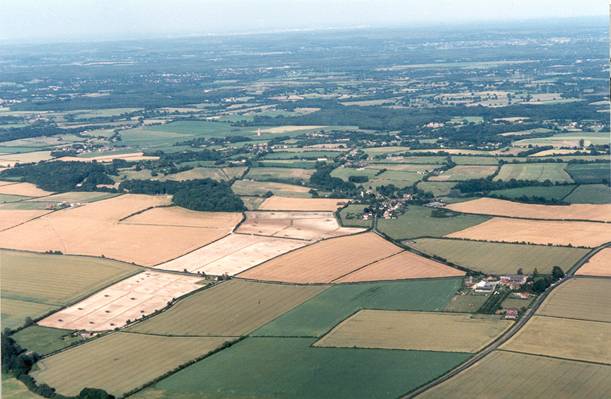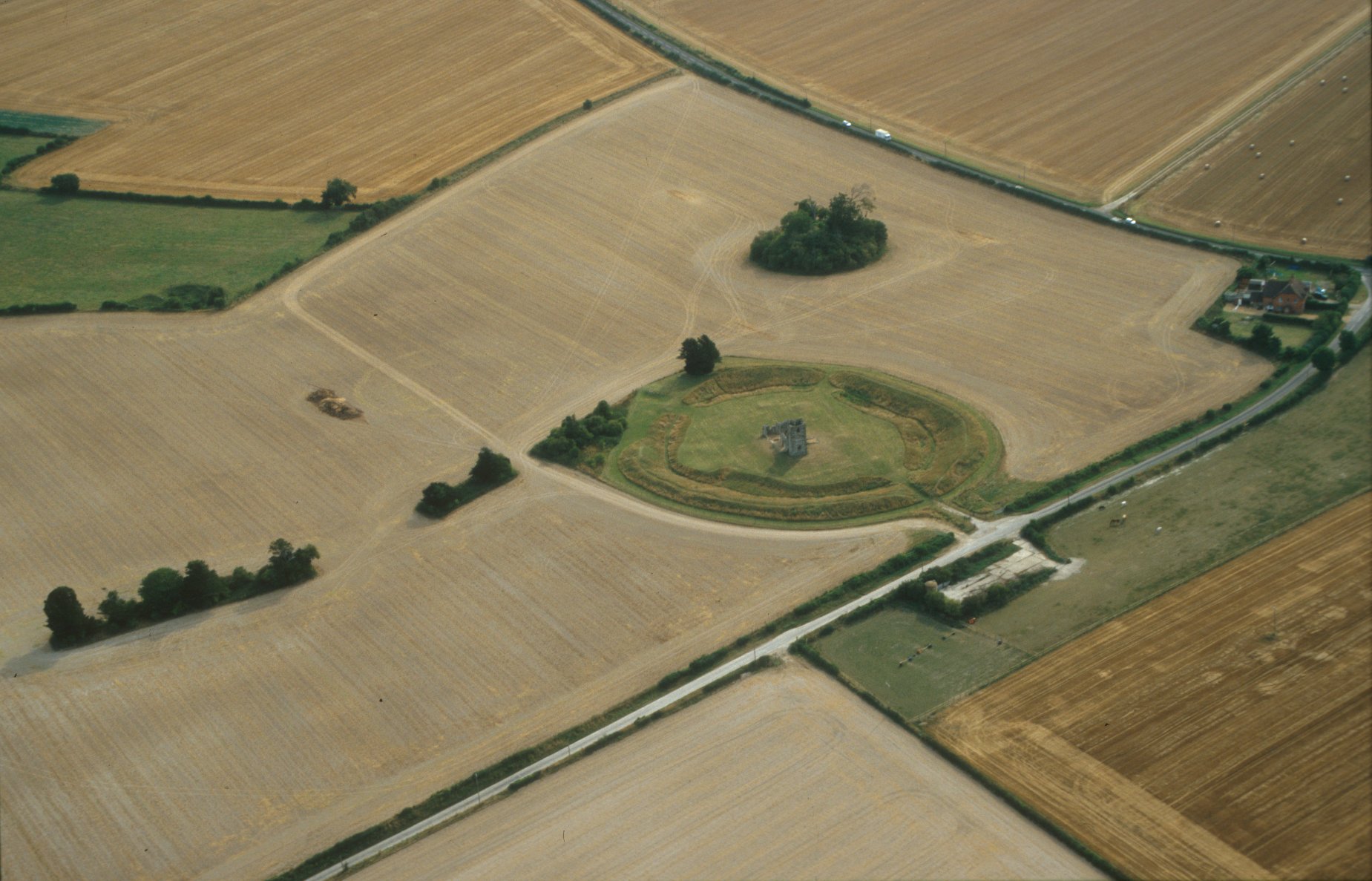Knowlton Prehistoric Landscape Project
Contents
|
John
Gale &
|
|
Knowlton
Central or Church Henge. The best preserved of a rare cluster of three
later
East Dorset |
Background
The Knowlton
Prehistoric Landscape Project is
an archaeological investigation into the prehistoric relict landscape
located
within the Allen valley in the
The origins of the
project lie with some
initial research undertaken between 1993 - 7 and directed by John Gale
(Bournemouth University) and Stephen Burrow (National Museum of Wales,
Cardiff)
at the important late Neolithic Henge complex known as Knowlton Circles
(also
Knowlton Rings). A programme of field survey and geophysical
investigation
supported by limited excavation shed new light on the nature and extent
of
monuments within the complex, which in turn has led to a wider
investigation
into the river valley in which the complex resides, and from which the
project
derives its name.
|
The current focus of activity is located to the south of the henge complex at High Lea farm which lies between the villages of Witchampton and Hinton Martell. The site represents the southernmost extent of barrow cemeteries within the valley, all of which have suffered greatly from past ploughing regimes that have resulted in an impoverished palaeo-landscape that has lost much of its readily observable prehistoric monuments. At High Lea farm the presence of two badly eroded round barrows are bolstered by aerial photographic evidence that indicate the partial remains of a least a further eleven barrows, probably more.
|
 Francesca Radcliffe |
|
High
Lea farm (bottom right) in the Allen Valley of East Dorset, location of
ongoing
excavation and field survey
part
of the Knowlton Prehistoric Landscape Project.
|
This page was
written and compiled by John Gale, School of Conservation Sciences,
Bournemouth
University.jgale@bmth.ac.uk
Last revised: Date
